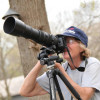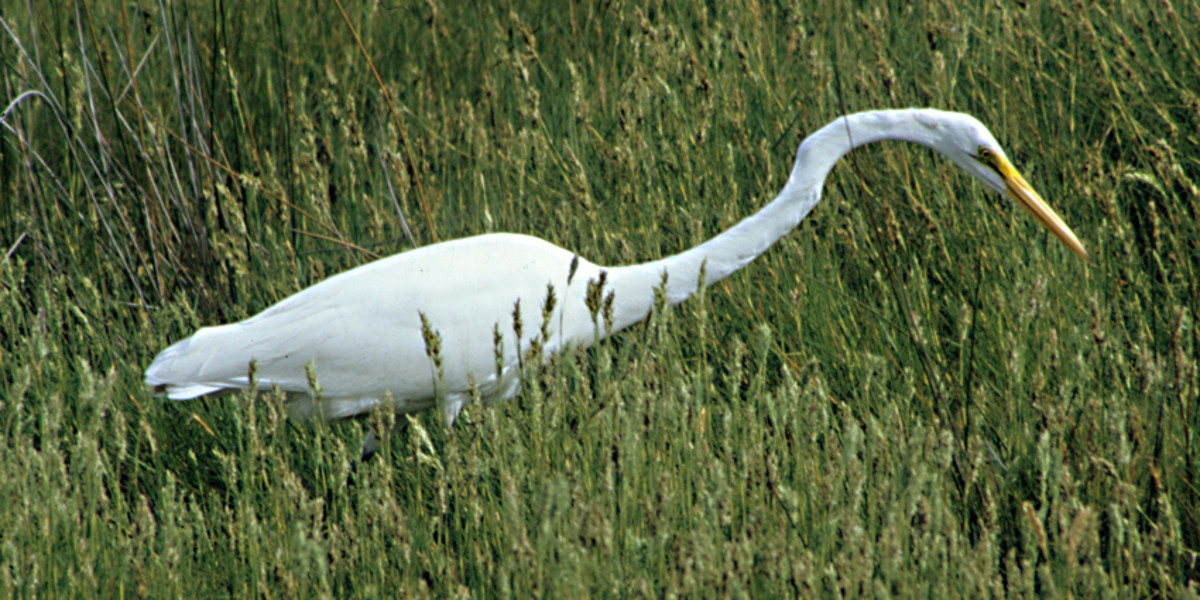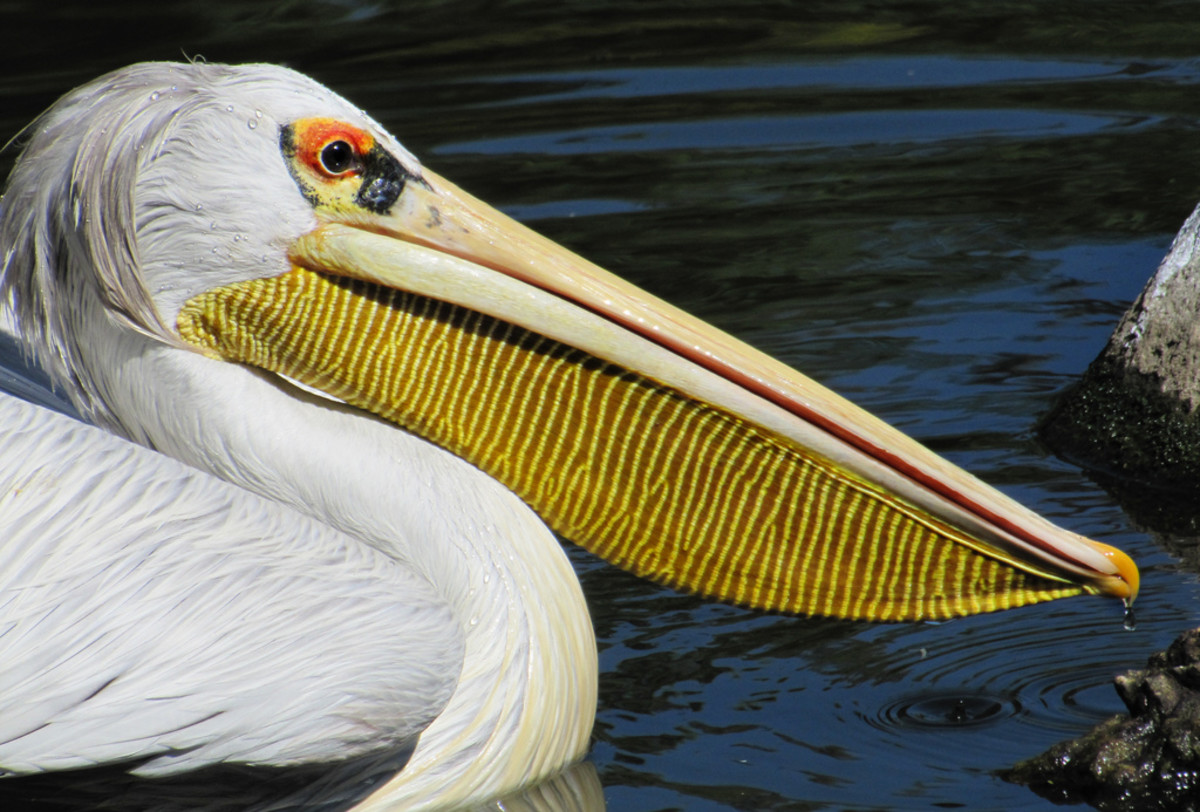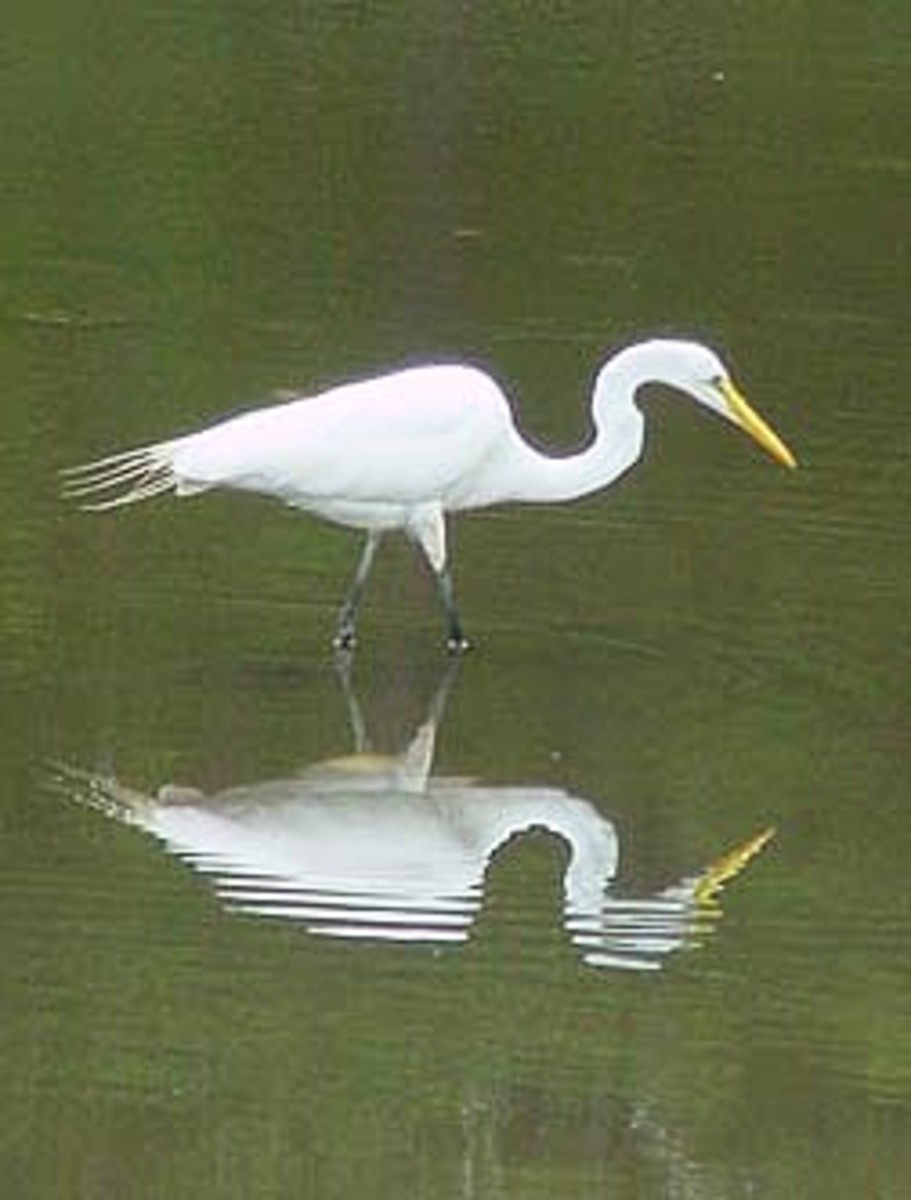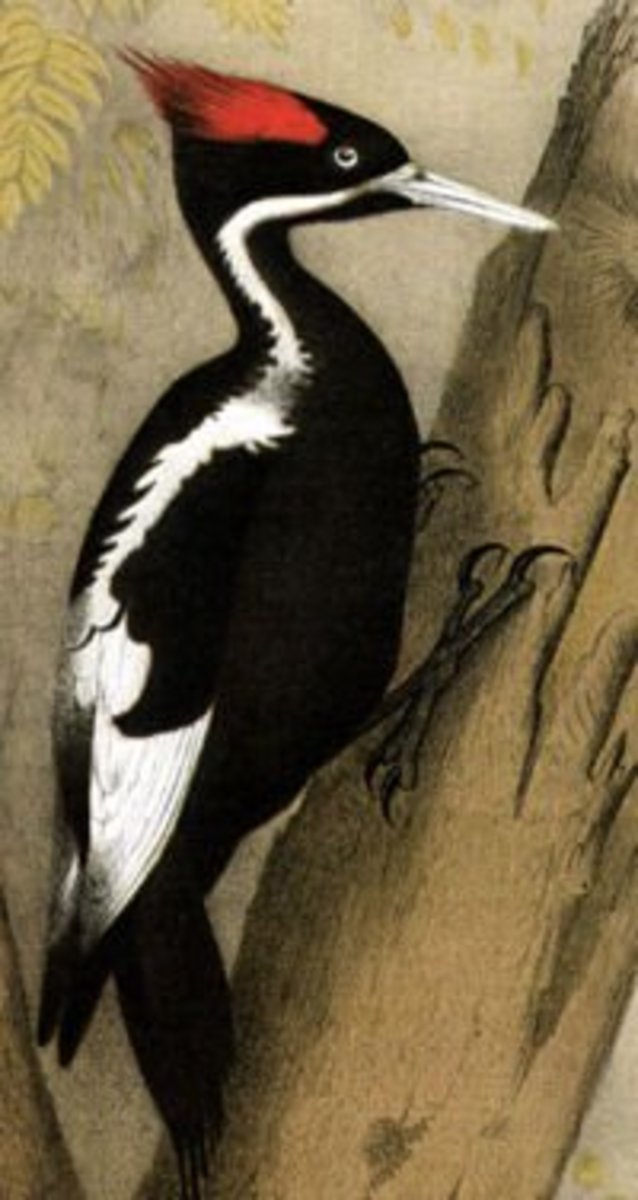Life at Boomer Lake with Deb, Monday September 8, 2014

Field Notes
Outdoor Cats Vs. Wild Birds
Sorry, cat lovers. Both ferals and cats allowed to roam outdoors DO kill birds, voles, mice, and anything that moves slowly won’t last long. From an unbiased viewpoint, cats have a strong hunting instinct, and every time they show you their prize, they are trying to educate you to do the same. Is there a happy medium?
- Cats kill up to 3.7B birds annually
Cats that live in the wild or indoor pets allowed to roam outdoors kill from 1.4 billion to as many as 3.7 billion birds in the continental U.S. each year, says a new study.
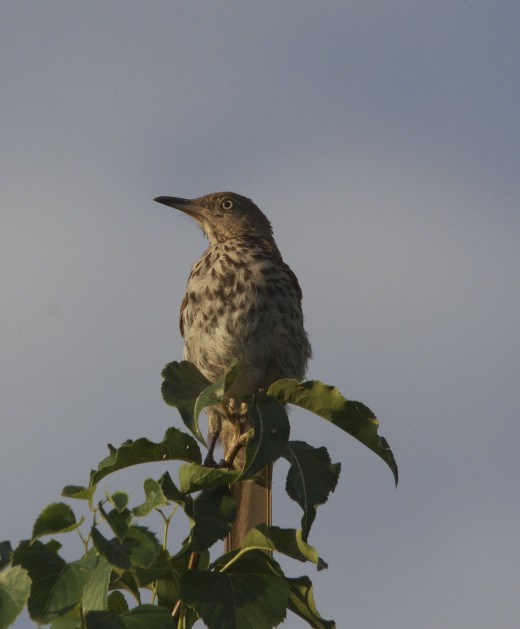
Birds and Drought
The lives of birds are threatened by severe droughts, like what is going on in some parts of the country this year. These birds have been crowding around small water holes due to the lack of ample water supplies, which increases the threat of avian botulism and cholera. Please do your best to keep your birdbaths filled and clean in order to help.
- Viewpoints: Migratory water birds, refuges need consideration in drought - Viewpoints - The Sacramen
As we endure the third year of a severe drought, California is confronting serious threats to many animal species and critical habitats. And like the proverbial canaries in the coal mine, California’s birds provide us with a clear warning about the n
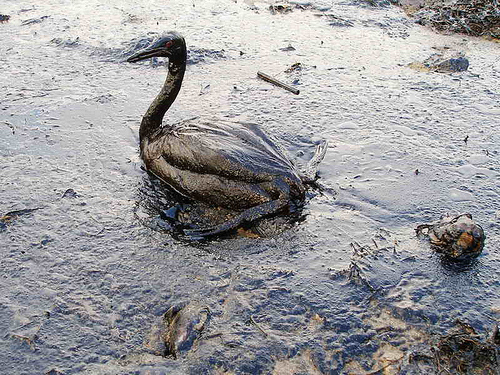
The Gulf Oil Spill of 2010 Still Lives On
The Gulf oil spill of 2010 has far reaching impact. Not only are birds affected, but all the sea creatures that we eat(and still do) from there are and were affected, as well as coral colonies, which have their own problems.
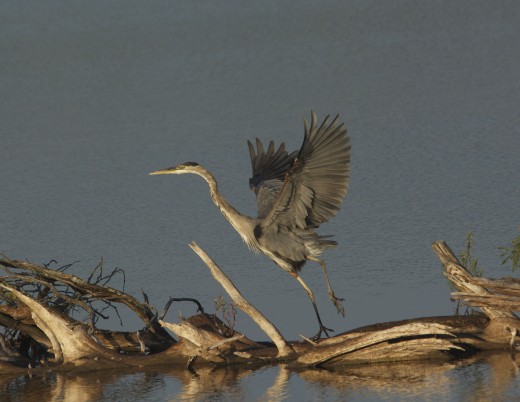
The Critical Times of Summer
The week has cooled down a little and we received some much-needed rain on Saturday. This brought the water table up about two feet, so once again, we shall avoid the ill effects of bacteria like botulism. Summer is such a critical time, especially in those areas that receive a lot of heat. It also allows plants and grass to thrive to control the effects of erosion. Needless to say, we must be good stewards for our earth, to allow it to proliferate, which in turn, will help our animals and us even more.
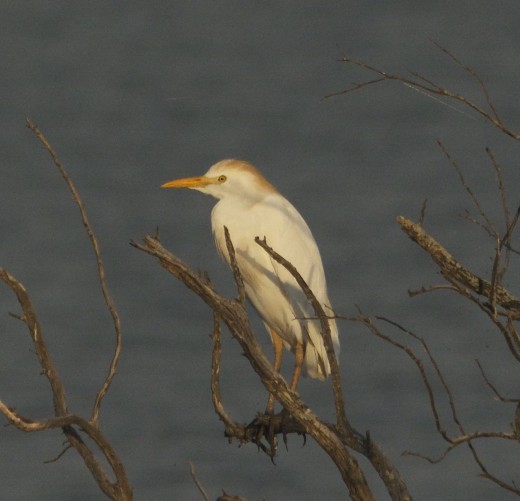
Movement of Birds
This morning as I stood over the Southern Cove, I heard and saw the Canada Geese coming in from the south, watched the others coming from the opposite direction, and considered the movement quite amazing as they crossed. To have aerodynamic animals such as these that can stop on a dime, battle fierce winds, and travel thousands of miles in one flight without stopping is remarkable. Then I watched numerous American Goldfinches still in breeding plumage gamboling among sunflowers that other birds had planted. Their bright yellow bodies shone in the sun, and made me thankful for another day to watch this priceless event. I also heard the Northern Cardinal chipping, the Yellow Warblers readying for their day, and saw the European Starlings settling on the power lines. The birds have internal body clocks and are telling us that it is nearly time for them to move on in this part of the country.
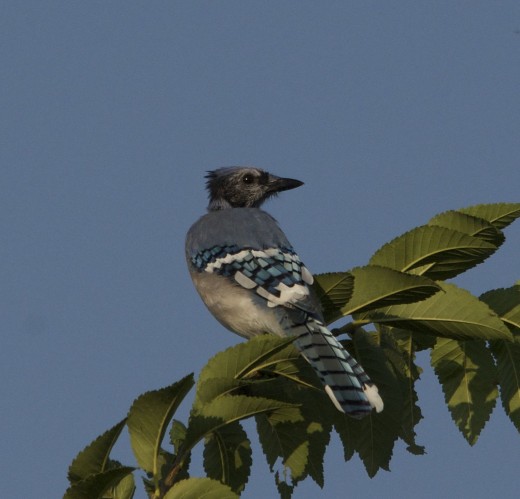
Scissor-tailed Flycatchers and Blue Jays
The Scissor-tailed Flycatchers are also biding their time, as they will be heading for southern points in the next week or two. Two young ones in particular were playing together and displaying for each other, not even realizing that they will be doing just that in the spring. Our days are getting shorter, and the birds are feeling that magnetic tug to tell them that they will be on an adventure soon enough.
In the meantime, I finally got my picture of an immature Blue Jay at the lakefront. It took three years! Now there are several of them at the lake, which makes it so much easier to catch one that actually stops for more than the customary second or two. This one has filled out rather nicely, and you’ll notice the lack of the jay crest, and see the gray area that is growing in on the face. It wasn’t that long ago that it was bare.
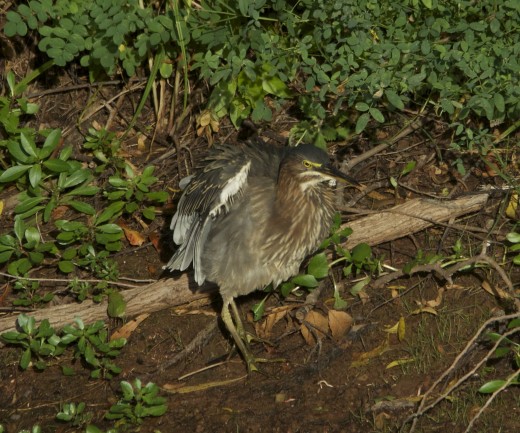
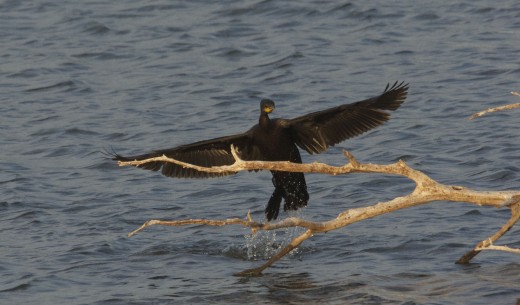
The Heron Clan and Double-crested Cormorant
All the adult Green Herons are still around, and one flew overhead in a greeting yesterday morning, calling as it went by.
There are still plenty of our wonderful Great Egrets, who fly up and down the lake, monitoring the fish and their favorite quiet spots for preening activities. The occasional Double-crested Cormorant makes the occasional appearance and before long, there will be plenty more to enjoy the cooler weather that will be here soon enough.
Many Great Blue Herons are still making appearances in numerous places all over the lake proper, as well as an extensive supply in The Northern Reaches
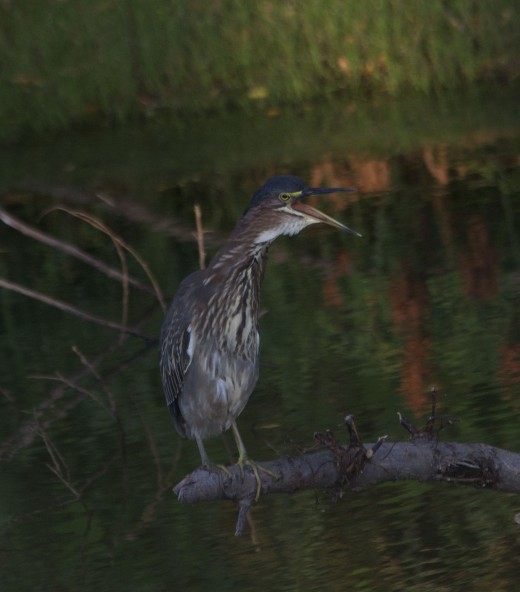
Nature's Biological Clock
The biological clock of nature is always right on target, just as it was intended. It has shifted a little as mean temperatures have required in order for the birds and animals to be able to eat, rear their young, and properly feed them, too. It will still be changing as necessary in order to accommodate what it must. As we see these changes, we must realize why it is happening, for it is affecting us, as well. Our summers will be hotter and our winters will be cooler, as these new trends take effect.
At any given time, enjoy the birds and animals that you are privy to see, and record in your mind’s eye those moments that mean the most to you. My memories include a number of these unforgettable times in different parts of the country, and I will certainly have more of them in the future.
The Birds Asked Me to Remind You
As I leave you until next week, please remember to clean and fill your feeders and birdbaths for this strenuous time of fall migration. Fall and spring are the most taxing times of year for the birds, as they travel such great distances to continue their lives for those changing seasons. It takes a great deal of effort for the birds to maintain adequate sources of energy, and they will thank you next year by returning once again.
Keep your eyes on the ground and your head in the clouds. Happy birding until next time!
Where Is Boomer Lake in Stillwater, Oklahoma?
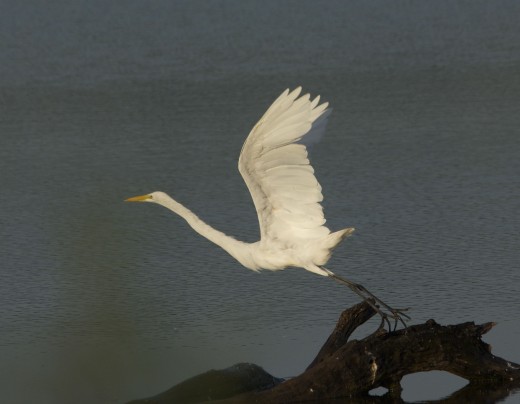
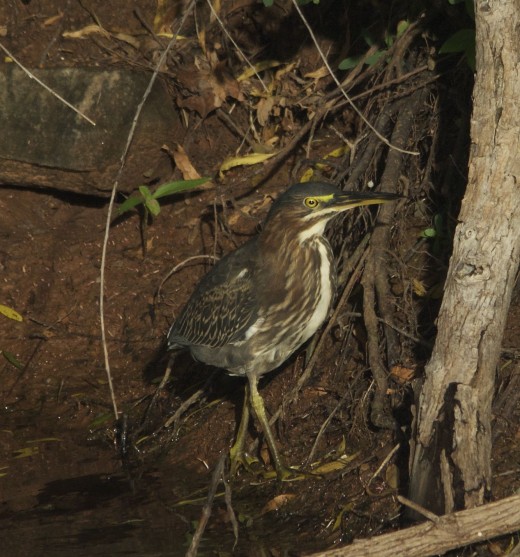
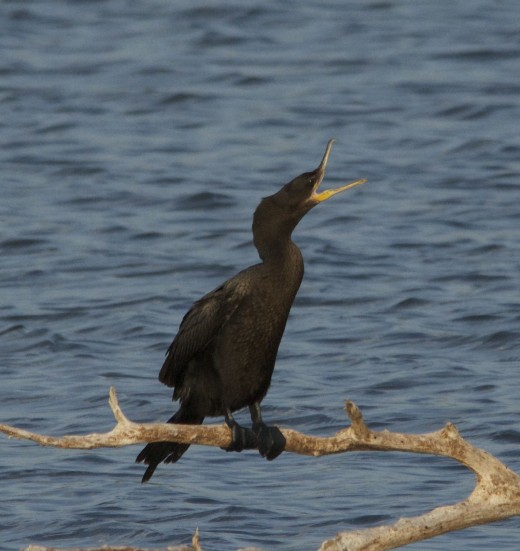
© 2014 Deb Hirt
